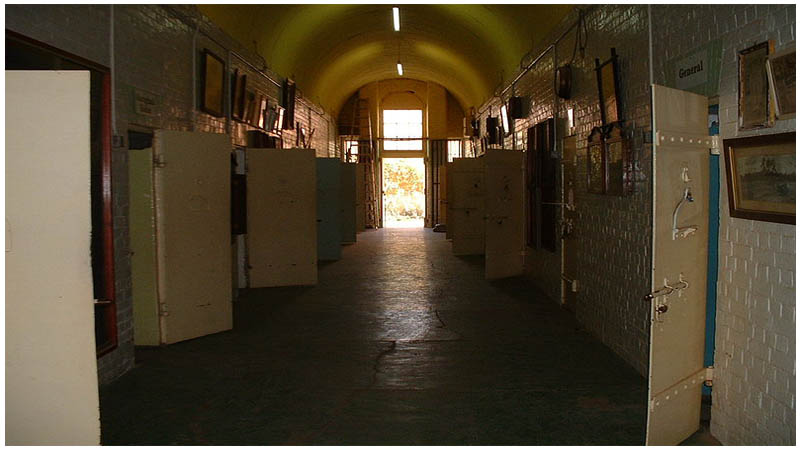In the town of Hay, in New South Wales, Australia, there once stood a jail by the name of Hay Gaol. It was erected in Lachlan Street where the Hay Post Office stands today. It was December 1, 1870, when this jail was first recognized as a public jail, even though it was unusually small in size, with only two jail cells.
Around 1878, the population of prisoners in Hay rose dramatically to 192 entries in one year–for the sake of comparison, the jail had only nine entries in 1877–and there were no less than 170 discharges in 1878, compared with 13 in 1877. As a result of this influx of criminals, the jail was expanded to four cells in 1879. Even with the extension, the rising number of criminal offenders threatened to overwhelm the facilities.
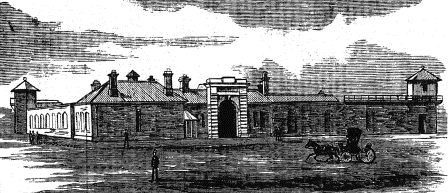
With no other choice, Harold Maclean, the state sheriff and comptroller-general of prisons, gave the green light for a new prison to be built. In 1879, the erection of the new gaol began on Church Street by construction firm the Witcombe Brothers, and one year later the new jailhouse was completed. When it officially opened, the old jail on Lachlan Street was converted to a Watch-house.
The new Hay Gaol building is surrounded by a high wall rising 16 feet into the air and made entirely of red brick. A central gate as high as the wall served as the main entrance. Two corners of the wall were reserved for the guard towers that stand diagonally opposite each other.
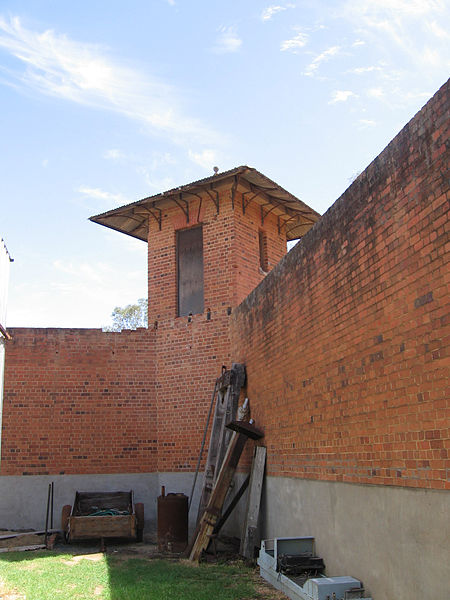
The jail had 12 cells, two of which were reserved for female inmates. The cells were 9 feet 9 inches by 10 feet 2 inches with a bare cement floor. Also found within the jail’s walls was the solitary confinement facility, kitchen, mess-hall, and the officer’s house. On December 21, 1880, the new jail officially became the “Public Gaol, Prison, and House of Correction” for the district.
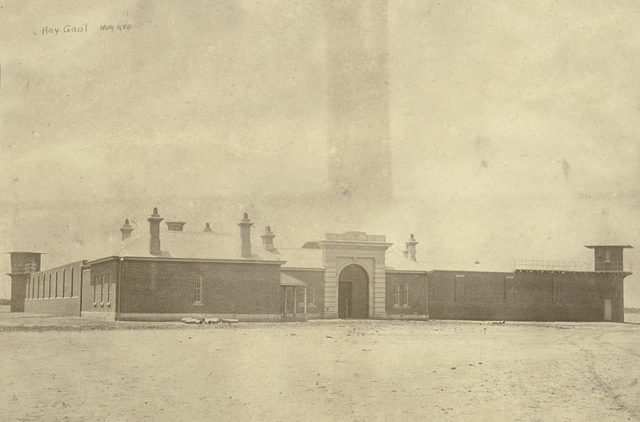
At first, the new jail was managed by the police service. At a later date, it came under the guidance of Ghiblim Everett who had previously worked as a warden at Berrima Gaol. Everett, together with his wife Mary Ann, began to run Hay in 1882; his wife served as the jail’s matron. As a hobby, Everett enjoyed gardening and during his stay at Hay Gaol he created a stunning garden filled with fresh vegetables that the inmates used and maintained.
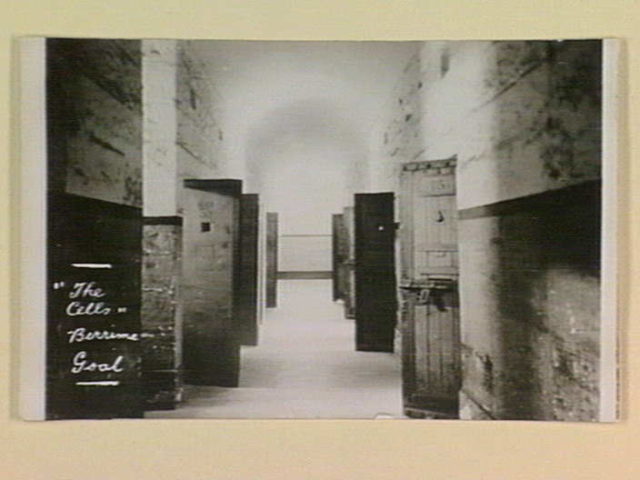
Following the opinion of a number of scholars, Ghiblim Everett retired sometime around 1896, and passed away two years later. He was succeeded by a man named Benjamin Shaw in 1897. The role of gaoler was taken on by S. J. Nebbett in 1899; under his guidance, the jail received electric lights and a library service, which were more than welcomed by the prisoners.
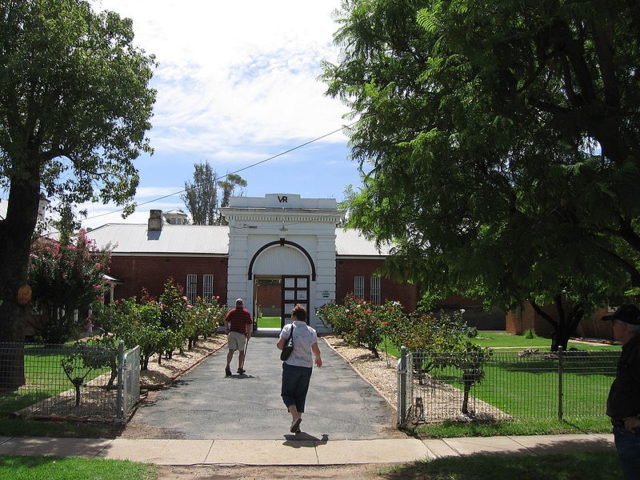
Over the years the popularity of the jail declined and within the first quarter of the 20th century, the jail had only three prisoners. Because of the expense of keeping the jail running, it was decided that the best solution would be to shut it down, which happened in July 1915. A few years later, the world was hit by an influenza pandemic that infected half a billion people around the world.
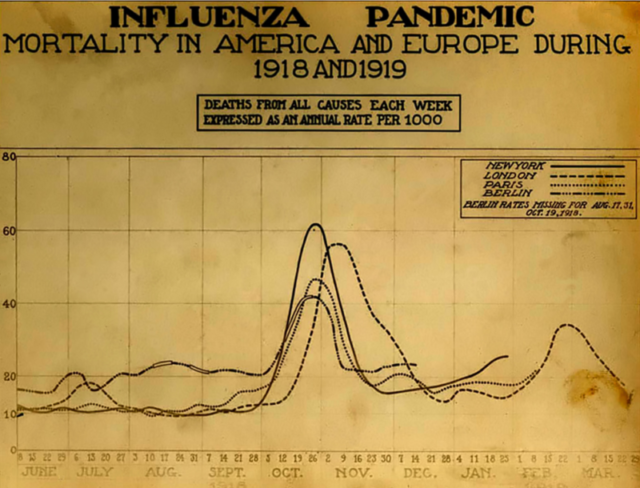
For this reason, Hay Gaol was reopened in 1919 and was used as a hospital by the Red Cross for seven years, from 1921 to 1928. Two years later, in 1930, the gaol was reopened as a prison. It remained that way until 1940 when it was once more converted to a hospital. Then, in 1961, Hay served as a female prison until it was finally closed in 1974. Today it operates as a museum, attracting visitors from near and far.
